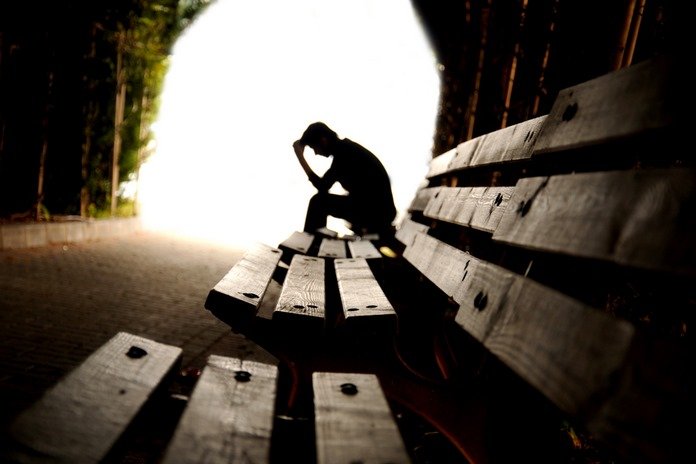CBT Techniques For Depression

CBT is a common treatment method used to treat different types of depression. (5)
Depression is one of several main kinds of problems that can occur alone or simultaneously with addiction. All of these can be effectively treated with CBT:
The Great Depression.
This includes experiencing at least five depressive symptoms over a two-week period. A major depression episode is so dreadful that it interferes with study, work, sleep, and eating.
Throughout your life, you may have a few episodes like this. In addition, they can occur as a result of traumatic life experiences, such as the end of a relationship or death in the family.
Persistent Depressive Disorder (PDD).
Dysthymia used to be known as PDD, which is a form of depression that continues for at least two years. Although a less severe form of depression, you may still experience many identical symptoms.
PDD is often characterized by stress, irritability, and the disability to lead an enjoyable life.
Bipolar Disorder.
Such depressive disorder reveals itself as an oscillating mood cycle that involves mild or severe highs (hypomania and mania) and terribly depressive, crushing lows.
Working mechanism of behavioral and cognitive components
Behavioral and cognitive components of CBT can be distinguished and there is a different mechanism behind each (6)
Cognitive component.
Your therapist will help you identify the deceptive thinking that causes negative emotions. Then you’ll both question the viability of these emotions, and you’ll explore new alternative balanced processes.
Learn about your underlying negative thoughts and how they’ve affected you. Negative thoughts stop patients from feeling motivated, energized, focused, and motivated as a result of their treatment. CBT helps you to re-educate your thinking so that you are more realistic, which reduces your depression.
Also, you will have the opportunity to discover where your negative beliefs come from. If there is really any support for or against these, you will be urged to examine it.
Behavioral component.
As part of your behavioral therapy, you’ll be guided to examine and assess how your daily habits and activities impact your mood by your therapist. A therapist may encourage you to consider how your behaviors may improve and alleviate your depression symptoms.
Based on your behavior, your therapist assists you in developing a plan of action, the activities of which are listed in ascending order of difficulty. Once you master the activities from easy to tough, you’ll begin to feel a sense of accomplishment, and your depression will decline.
Despite that, CBT does not end at a clinic or facility. Exercise at home and under stressful conditions is imperative for treating your illness successfully. In order to lessen the intensity of negative emotions, you must adopt a more logical approach to life

